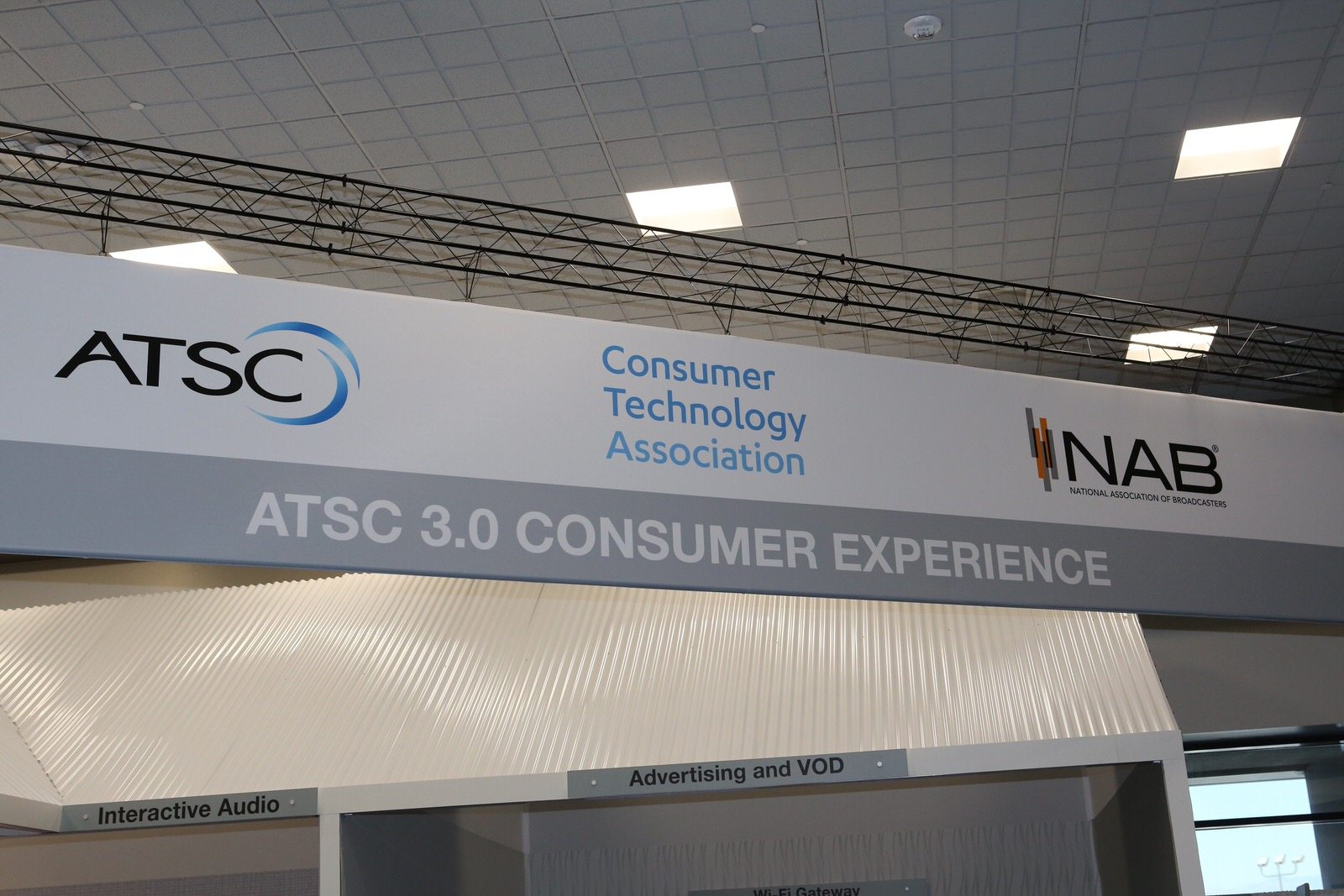Guiding the Transition to ATSC 3.0, aka “NEXTGEN TV”
In April 2023, FCC Chairwoman Jessica Rosenworcel announced the formation of the public-private Future of Television Initiative (FOTVI) led by the National Association of Broadcasters to “help guide the next steps of the transition to ATSC 3.0.” NAB just released a FOTVI report summarizing the efforts and the consensus recommendations of its three working groups; each focused on one of three core goals. The groups and their areas of responsibility for road mapping the journey to ATSC 3.0, aka NEXTGEN TV, were Working Group 1-Backwards compatibility, Working Group 2-Completing the transition, and Working Group 3-Post-transition regulation.
The report concludes that achieving these goals will require efforts to identify ways to fund the initiatives, reduce any negative impact on viewers, and create compelling new services that can expand the audience and increase revenue opportunities for broadcasters and their ATSC 3.0 partners.
According to the report, the working groups discussion and ultimate recommendations addressed:
- Solutions to address backwards compatibility (e.g., tuner availability, converter devices)
- Methods to ensure widespread access to backwards compatibility solutions while protecting consumers
- Minimizing negative consumer impact; loss of traditional television services, inconvenience, costs
- Availability and pricing of consumer equipment (televisions, handsets, etc.)
- Consumer education responsibilities and plans
Here’s a summary of each working group’s scope and consensus recommendations:
| FOTVI Working Group | Scope | Consensus Recommendations |
| WG1: Backwards Compatibility | Ensure viewers do not lose access to ATSC 1.0 equivalent television service during or following the transition. | The industry and FCC continue to explore strategies and sources of funding that could help eliminate or, at the very least, lower the costs of devices for consumers. |
| WG2: Conditions for Completing Transition | Establish conditions for completing the transition to NEXTGEN TV (ATSC 3.0) broadcasting and resolve hurdles remaining to reach that point. | Broadcasters establish best practices for consumer notification and education. Using common language around the position of new features would help consumers understand what to expect from NEXTGEN TV. |
| WG3: Post-Transition Regulation | Consider and evaluate whether any regulatory changes are necessary after the transition to ATSC 3.0. | WG3 acknowledged the work of SCTE in releasing recent standards while ATSC is developing recommended practices to address the redistribution of ATSC 3.0 signals by MVPDs. The industry and the FCC should review these standards and practices to determine what challenges remain and whether regulatory action may be necessary. |
What’s Going to Happen Next? ATSC’s Business Advisory Council to Bridge Business and Tech Goals
Ultimately, the work of the FOTVI public-private working groups served to bring disparate parts of the television ecosystem together for discussions, information, and perspective sharing in a search for consensus recommendations. This all just resets the stage for the hard work to follow by the FCC, industry, and the public. The road map to the ATSC 3.0 transition is still being built.

ATSC, (“The Broadcast Standards Association) announced its own group to develop a transition road map, the ATSC Business Advisory Council led by Mary Cressbasa, LTN’s VP Major Accounts and joined by Sinclair’s EVP/CFO, Lucy Rutishauer among BAC members. The goal of this group that has already met several times is, “to contribute strategic insights to bridge business and technology sectors, expanding the scope of ATSC standards across a range of industries and geographies.”
While the FOTVI group did helped organize and distill transition issues, needs, and goals its recommendations leave a lot for others to accomplish. There is much work, and important decision and commitments yet to be made to see the promise of ATSC 3.0 be more fully realized.

